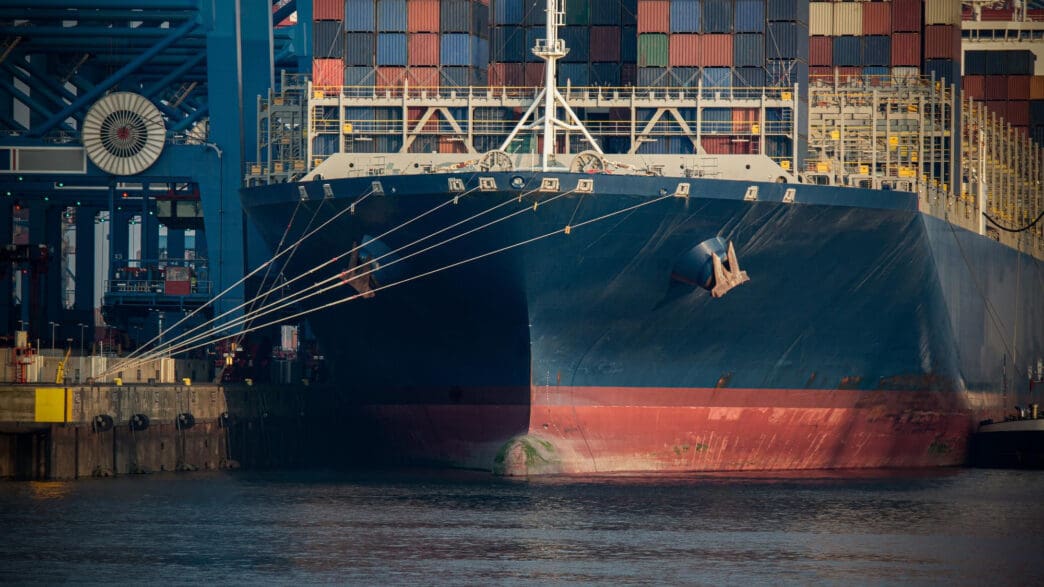Executive Summary
The Story So Far
Why This Matters
Who Thinks What?
President Donald Trump is preparing to implement new and higher tariffs on a broad spectrum of imported goods this week, despite widespread public disapproval of his trade policies and concerns about their impact on inflation and the US labor market. The administration maintains that these measures are necessary to counter foreign trade imbalances, with recent market performance, including near all-time high stock values and declining mortgage rates, cited as validation for his stance. The legal basis for these tariffs is currently under scrutiny, with the Supreme Court slated to hear arguments in a landmark case in November.
Economic Pressures and Administration Stance
Polls indicate that a majority of Americans, across party lines, disapprove of President Trump’s tariff-heavy agenda. These policies are unfolding as inflation has reaccelerated, prompting businesses to warn of potential price increases. Concurrently, the US labor market appears to be sputtering, with employers showing hesitation to expand their workforces amid heightened economic uncertainty.
Specific tariffs recently imposed by Trump include a 10% levy on lumber and a 25% tariff on furniture and cabinets. White House spokesman Kush Desai stated that President Trump is “the first president in modern history to actually step up and stop the carnage” caused by foreign cheating and “lopsided ‘free’ trade deals, which have historically undermined American manufacturing.”
Mixed Market Signals
Despite economic headwinds, US stocks are currently near all-time highs, and mortgage rates have begun to decline after a period of stability. This positive market performance is primarily attributed to the Federal Reserve’s recent decision to cut interest rates, with expectations of further reductions in upcoming meetings.
Lower interest rates generally favor investors by making corporate borrowing cheaper, which can boost profits. Mortgage rates tend to mirror yields on longer-dated government debt, which typically fall when investors anticipate future rate cuts. The Fed’s decision to cut rates was largely driven by a weakening labor market, signaling concerns about a potential economic downturn and an aim to reinvigorate economic activity.
The Trump administration has highlighted the revised second-quarter gross domestic product (GDP) data, which showed an annualized growth rate of 3.8%, an increase from the previously reported 3.3%. This revision was primarily due to stronger-than-expected consumer spending, which fundamentally relies on a robust labor market. Despite the labor market’s current stagnation, the unemployment rate remains at historically low levels, reflecting a reluctance by employers both to expand and to lay off existing workers.
Historical Market Reaction to Tariffs
Economists previously anticipated that financial markets would act as a “guardrail” against extensive tariff implementation. This was evident during “Liberation Day,” when initial broad tariff proposals led to a spike in bond yields and a sharp decline in stock values, prompting President Trump to temporarily reverse course. He cited close monitoring of bond market turmoil as a factor in his decision to pause and later extend “reciprocal” tariffs.
Currently, investor sentiment is influenced by factors beyond tariffs, including better-than-expected corporate earnings, optimism surrounding the potential for an AI boom, and the anticipation of further Fed rate cuts. The S&P 500 index has rallied 33% since early April and 13% since January 1, notching 28 record highs this year, despite ongoing tariff concerns.
Impending Legal Challenge
President Trump’s continued authority to impose tariffs could soon face a significant legal challenge. The Supreme Court is scheduled to hear arguments in a landmark tariff case in November. This case will examine whether the President possesses the legal authority to levy tariffs on goods from other countries, particularly when citing emergency economic powers, which has been the justification for many tariffs imposed during his second term.
Should the Supreme Court uphold lower court rulings that find Trump lacked such authority, the federal government could be mandated to refund approximately $80 billion in tariff payments made by businesses this year. However, even an adverse ruling would not necessarily prevent the administration from pursuing higher import taxes, as other legislative and executive levers could be utilized to achieve its foreign policy objectives.








